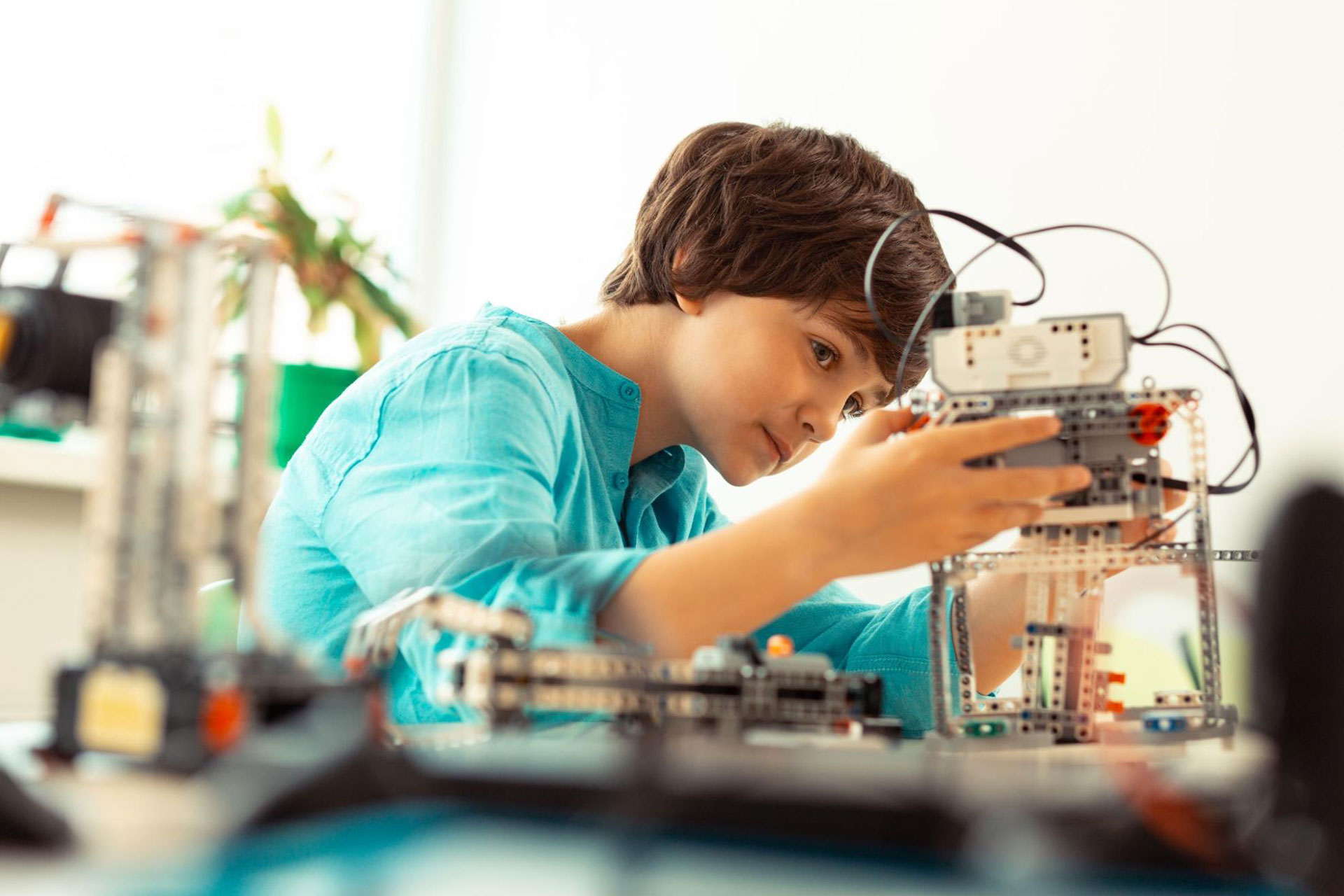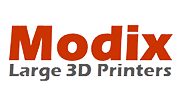How 3D Printing is Enhancing the Robotics Industry

In recent years, the field of robotics has seen significant advancements, thanks to the integration of 3D printing technology. 3D printing, also known as additive manufacturing, has revolutionized various industries, and robotics is no exception.
Related: The 7 Industries That Use 3D Printing
This blog will explore the remarkable ways in which 3D printing is enhancing the robotics industry, from accelerating prototyping and customization to improving performance and reducing costs. So without further ado, let’s begin!
Rapid Prototyping
Traditionally, prototyping in robotics involved complex and time-consuming processes. However, with the advent of 3D printing, engineers and designers can now quickly create prototypes of robotic parts and components. This enables them to iterate and test designs more rapidly, reducing the development time and allowing for faster innovation in the robotics field.
Related: 7 3D Printing Trends in 2023
Customization and Complexity
Robots are often required to perform highly specialized tasks in various industries. 3D printing empowers manufacturers to create customized robotic parts tailored to specific requirements. This level of customization is achievable due to the inherent flexibility of 3D printing, which allows for the production of complex geometries that are difficult or impossible to create using traditional manufacturing methods. Customization not only enhances the performance of robots, but it also enables them to adapt to unique environments and tasks.
Lightweight and Durable Components
Robotic systems have revolutionized manufacturing applications by automating processes, resulting in significant reductions in labor, production costs, and time. They typically demand lightweight components without compromising strength and durability.
With the help of 3D printing, it enables the production of lightweight yet robust parts, utilizing advanced materials such as carbon fiber-reinforced polymers. These materials provide excellent mechanical properties while reducing the overall weight of the robot, which leads to improved energy efficiency and agility.
Integration of Sensors and Electronics
Integrating sensors and electronics into robotic systems can be a challenging process due to space constraints and the need for precise placement. 3D printing facilitates the creation of intricate designs that seamlessly incorporate sensor housings and electronic compartments directly into the robot’s structure. It simplifies the assembly process, and at the same time optimizes the performance and reliability of the robotic system.
Cost Reduction
In the past, manufacturing robotic parts and components required costly tooling and specialized machinery. But with the 3D printing technology, many of these expensive processes have been eliminated, leading to a significant reduction in production costs.
Related: The 5 Must-Know Benefits of 3D Printing
Moreover, the capability to produce parts on-demand and in close proximity simplifies the supply chain and eliminates the requirement for extensive inventory, ultimately resulting in substantial cost savings for manufacturers.
Accessibility and Collaboration
One of the most significant advantages of 3D printing is its accessibility. As the technology becomes more widespread, it empowers robotics enthusiasts, researchers, and even small-scale manufacturers to create their robots and experiment with innovative designs. The open-source nature of 3D printing fosters collaboration and knowledge-sharing within the robotics community, leading to rapid advancements and breakthroughs.
3D printing has emerged as a game-changer in the robotics industry, enabling faster prototyping, customization, and integration of complex designs. As the technology continues to evolve and become more accessible, we can expect to witness even more exciting developments in the field of robotics. The synergy between 3D printing and robotics is a testament to the power of innovation, pushing the boundaries of what robots can achieve.
Looking for quality 3D printing in the Philippines? Contact us today to know more about our products!


 3D Printing
3D Printing  CNC Lathe
CNC Lathe  Desktop Filament Making
Desktop Filament Making  3D Scanning
3D Scanning  CNC Milling
CNC Milling  Packaging & Labeling
Packaging & Labeling  Bandsaw Cutting
Bandsaw Cutting  CNC Router
CNC Router  Vacuum Forming
Vacuum Forming  CNC Industrial
CNC Industrial  CNC Surface Grinding
CNC Surface Grinding  Waterjet Cutter
Waterjet Cutter 















